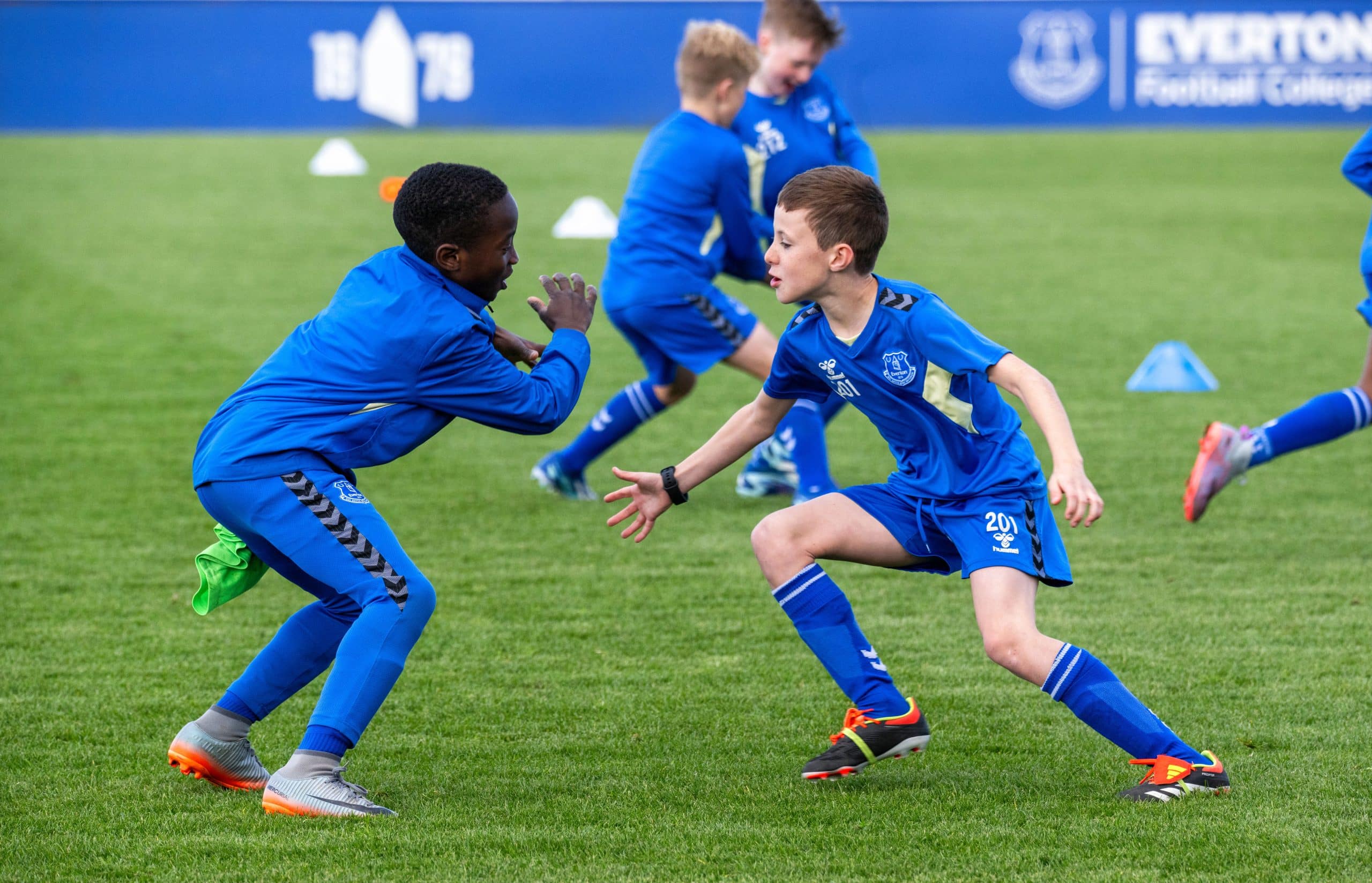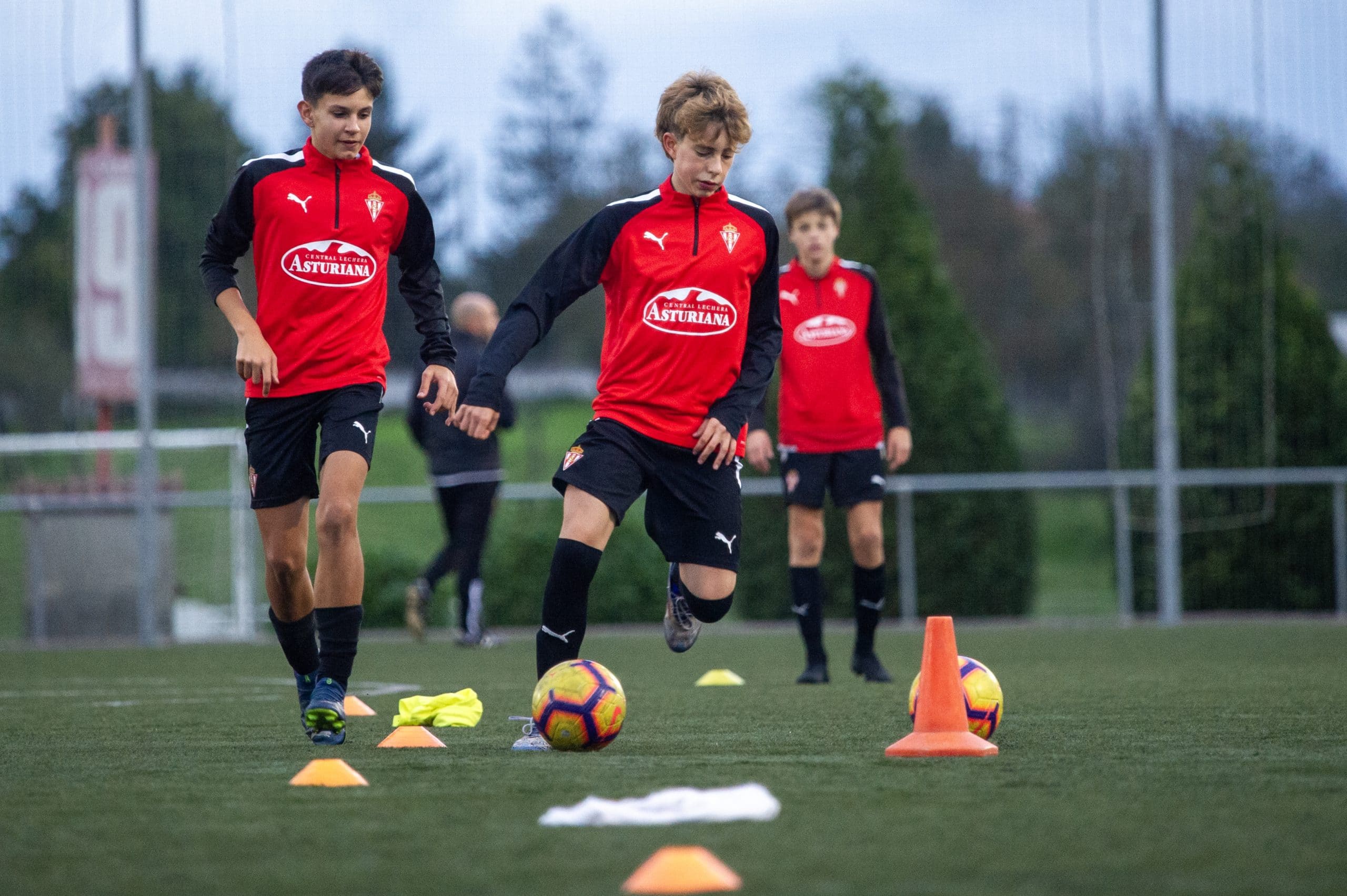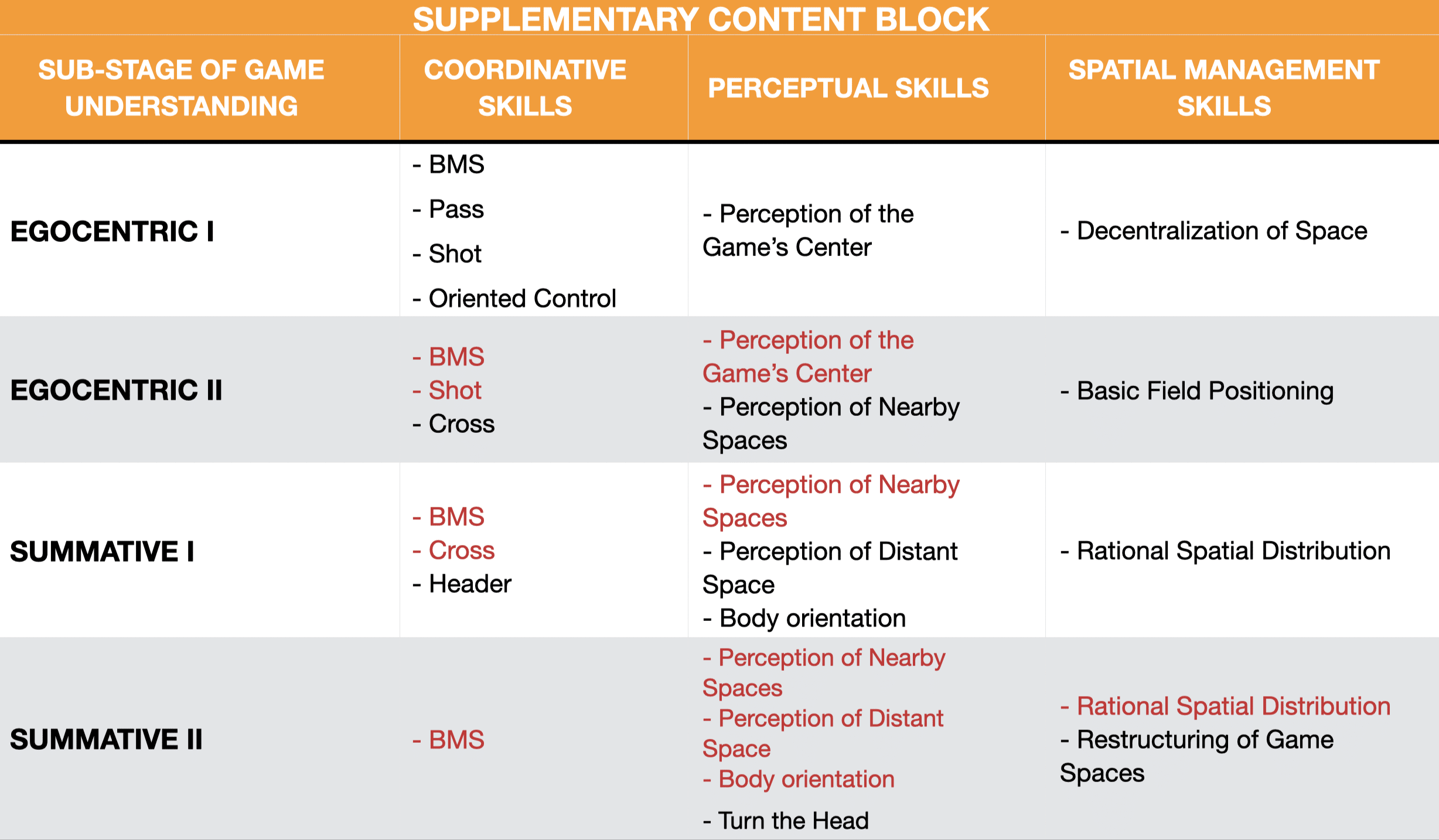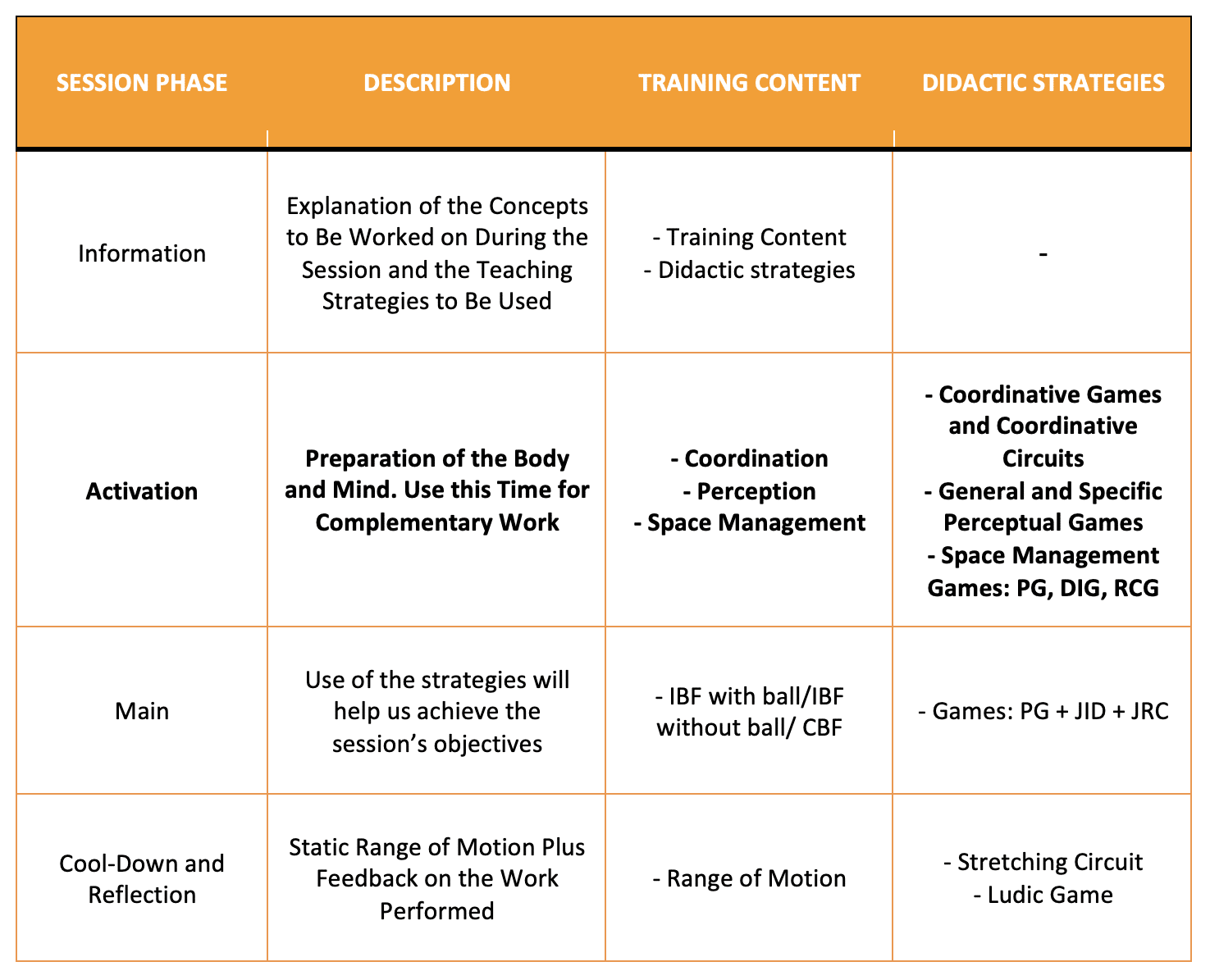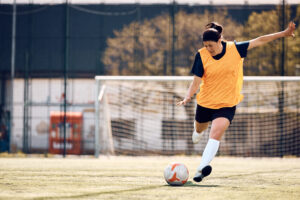During the warm-up phase, players prepare their bodies and minds for activity. In youth football, our proposal is based on linking this phase with work on coordination, perception and management of playing spaces. In short, the main objective will be to increase the activity of the different fundamental systems in the cognitive, coordination, organic and psychological spheres.
1. Objectives:
It is essential to focus on three basic pillars: coordination skills, management of playing spaces and perceptual skills. Working on these elements in an integrated manner will enable young athletes to acquire a solid foundation on which to progressively build greater mastery of the game and effectively transfer this to competition.
Coordinative Skills: Let us remember that coordination skills will be one of the most important elements of the work during activation in our training sessions. Coordination skills, with or without a ball, will be worked on through circuits and games. In the adaptation phase, general circuits or games will be used, while in the initiation phase, fractal games will be incorporated. The development of this type of content will serve, in general terms, to address the more technical aspects of the different basic and specific motor skills.
Management of the Playing Spaces: The management of playing spaces should be trained through games where success depends precisely on the correct management of space. The content of the management of playing spaces that young players must learn will be acquired and developed throughout their sporting career, always linked to their level of game understanding at each stage of their development.
- Sub-Stage EGO I: At this stage, players tend to all chase after the ball, both in the attacking and defensive phases of the game; therefore, the main objective will be for players to gradually move away from the centre of the pitch. The decentralisation of space by the teammates of the player in possession of the ball will create free spaces for them to progress towards the opposing goal, thus facilitating the emergence of optimal situations for dribbling or driving with the ball, essential skills in egocentric play.
- Sub-Stage EGO II: Youth players begin to learn how to space themselves across the playing area in a basic way. Both offensively and defensively, players must occupy the basic areas of the pitch: wings and central channel, horizontal sectors for build-up, progression and finishing the play.
- Sub-Stage SUMA I: The objective at this stage will be for players to distribute themselves across the space in order to occupy it rationally. In this sense, the big difference between a basic distribution of space and a rational distribution of space is that in the latter concept, the team needs to manage the positions and lines of the team correctly, while the basic form only consists of occupying the most important areas of the pitch with a certain balance (there cannot be areas without players or too many players in the same area).
- Sub-Stage SUMA II: We must learn to restructure spaces dynamically and constantly. This restructuring will consist of rotation of positions within the same line and between lines of the team in order to mobilise attacking and defensive spaces without losing the rational distribution of the group during these operations.
2. Perception Skills:
We will need to set open tasks, in which the player does not initially know exactly what to do to solve the problem presented. In this way, we will ensure that they have to engage cognitively to the maximum, just as they will have to do during competition. Training in perceptual mechanisms should always be as realistic as possible, as players need to learn to gather information that will have a positive transfer to competition. It makes no sense for our players to learn to gather information that will then appear clearly distorted in competition.
Therefore, it is essential that the spaces and number of players resemble those in competition, but always adapting them to the player’s level of game understanding:
Table 1. Space and number of players in the initiation period. Source: Expert Course in Youth Football from MBP Coaches’ School.
These visual abilities will greatly facilitate learning and developing the basic fundamentals of the game, as every decision made within the game will be preceded by gathering information. In this way, the player’s actions on the pitch will be entirely determined by the quantity and quality of information they are able to pick up while playing. Players immersed in the egocentric stage must solve problems that are very close to them, and to do so they will have to learn to observe what is happening around their position.
First, they must focus their visual attention on the spaces around the centre of play, and then gradually broaden their field of perception to include nearby spaces. In this way, they will gain confidence in resolving individual situations in the play, which respond to the most sensitive content for learning at this stage of game understanding.
- Duration: The timing of the tasks is different according to the sub-stage:
- Activation Phase Sub-Stage EGO I: 15m.
- Activation Phase Sub-Stage EGO II: 17m.
- Activation Phase Sub-Stage SUMA I: 17m.
- Activation Phase Sub-Stage SUMA II: 18m.
Image 2. The activation phase in a session at Real Sporting de Gijón. Source: Coaches’ Voice
3. Content:
It is essential that, at each stage of the initiation period, specific content adapted to the player’s level is worked on, as this facilitates their development and improvement. As we progress through the different stages, new content is gradually incorporated for each skill. When moving from one stage to another, some of the previous content is reinforced and more complex content is introduced, ensuring a consistent progression in the difficulty of the skills being worked on.
Interfaz de usuario gráfica, Sitio web
El contenido generado por IA puede ser incorrecto.
Table 2. Training content through the stages Source: Expert Course in Youth Football from MBP Coaches’ School.
4. Didactic Strategies:
Didactic strategies are the concrete expression of the chosen methodology, and those through which players will interact to develop their skills. Taking into account the characteristics of children in the adaptation and initiation period, we will propose six didactic strategies that should be understood as patterns for the construction of training tasks:
- Coordinative Games and Circuits (with or without the ball).
- General and Specific Perception Games (with and without the ball).
- Management of the Playing Spaces Games: Possession Games, Discontinuous Invasion Games and Real Conditioned Games.
Table 3. Training session model for the initiation period. Expert Course in Youth Football from MBP Coaches’ School.
In conclusion, the comprehensive development of young players requires a structured approach that integrates coordination skills, management of playing spaces and perceptual skills, adapting the content and complexity to each sub-stage of the initiation period. Session times vary according to the stage, ensuring adequate progression and sufficient dedication to each activation phase.
Likewise, the gradual incorporation of new content and the consolidation of previous skills ensure consistent and sustainable progress in learning. Didactic strategies, implemented through games, circuits, and specific interactive tasks, constitute the practical framework through which youth players internalise these skills, promoting their effective transfer to real play and, in the long term, to competition..
Would you like to improve your skills as a coach?
In the Online Expert in Youth Football course, you will learn to identify the main characteristics of young players and classify them according to their level of game understanding. This will enable you to select the most appropriate training content according to their needs and, consequently, learn to design training sessions and tasks that respect and promote their learning processes in order to help develop better players over time.

